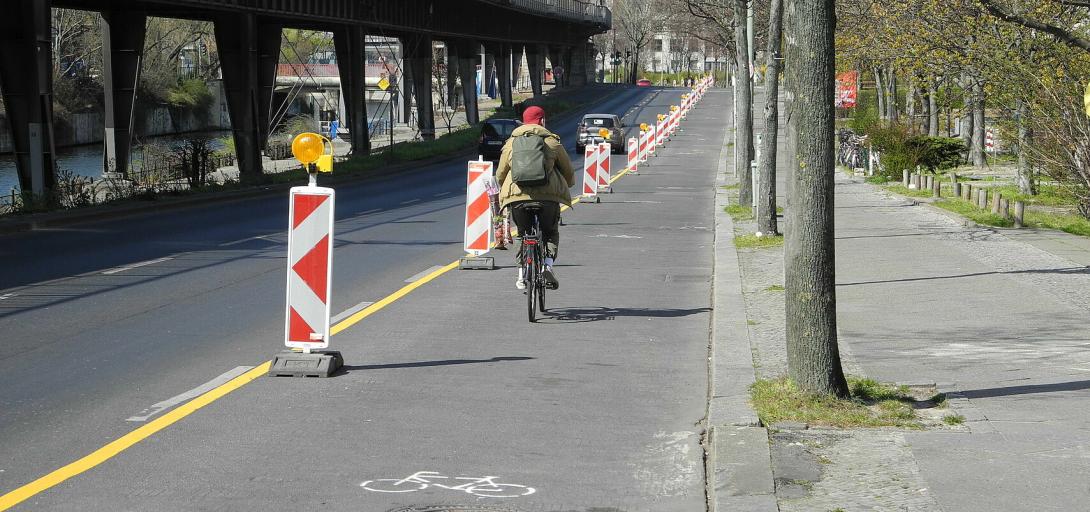More and more cities in Europe have discovered cycling enthusiasts as a valuable target group - in addition to mass tourism in Amsterdam, Berlin or Bruges. Cities such as Groningen and Ghent have established themselves in their campaigns as a trendy city and a green, bicycle-friendly tourist destination. How green is the city really? Does the city council's policy have an impact on traffic density and reduce air pollution? Or is the advertising campaign nothing more than hot air? Dublin is considered to be the example of a city that did not deserve its place on the list of Copenhagenize Index of bicycle-friendly cities. In this article I want to use open data to rate Leipzig, Groningen and Ghent. A lot of statistical data can be found online. Using open source software techniques, which are used in data science, it is possible to discover correlations in the figures:
- More people drive a car if they have more to spend?
- If the price of fuel rises, do they leave their cars standing?
- Significantly reduces air pollution in the city, where cycling is promoted?
I am one of the few people who has discovered Leipzig, Groningen and Ghent by bike. I thought it would be ideal research material to practice data science methods and techniques. I can compare the statistical results with my own experience to arrive at a realistic judgement. If, after reading this article, you also want to jump on the bike, please look here:
